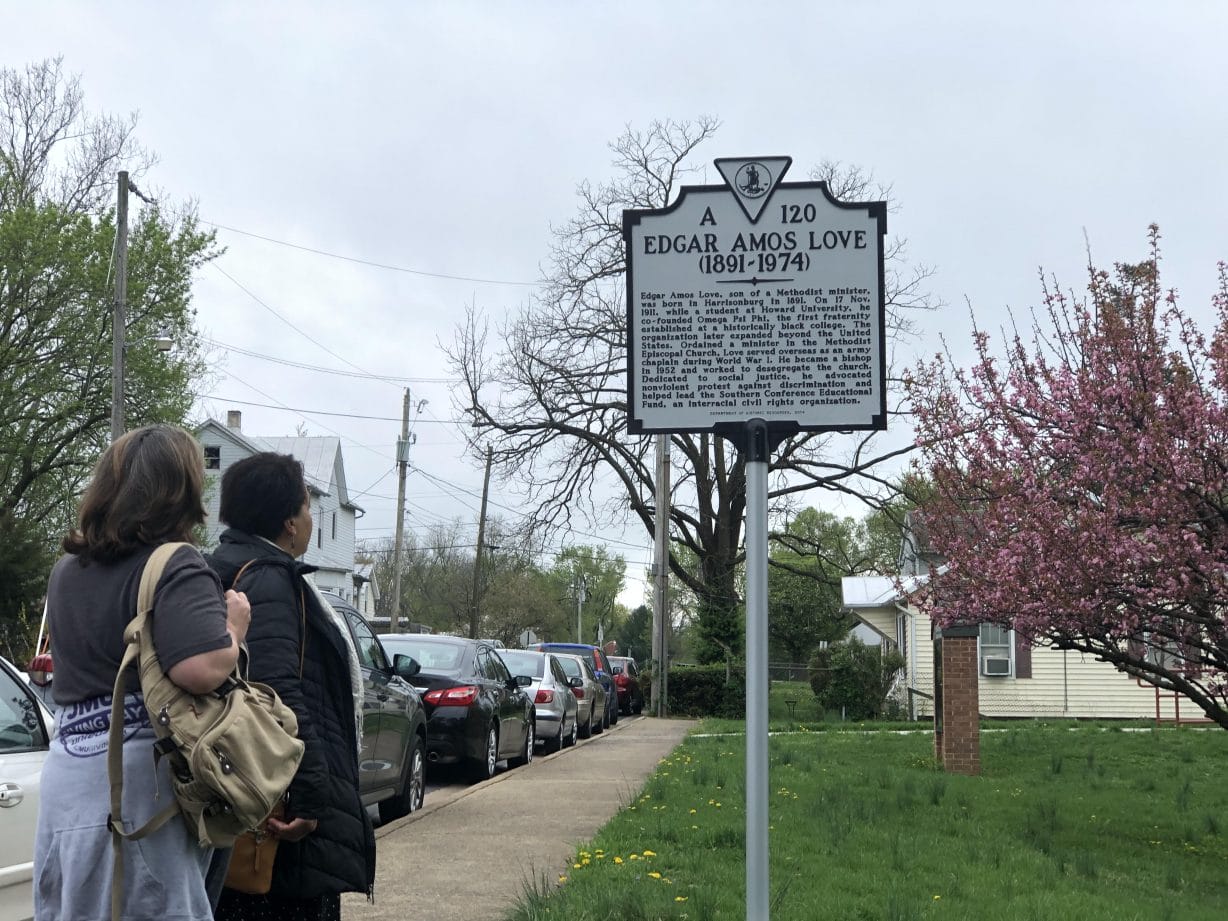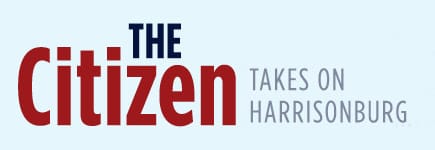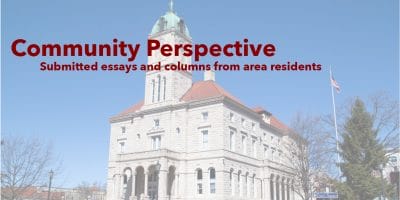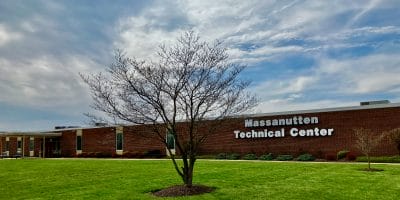
By Lizzie Stone, city council reporter
As Harrisonburg continues to grapple with the effects of a more-than-six-decade-old “Urban Renewal” project that razed much of the historic Northeast Neighborhood, city leaders want a coordinated search to track down remaining records to better understand how much was lost.
Taking this step came up at Tuesday’s meeting after city council members heard from a team of New York-based historians that has been conducting research into the social, community, cultural and geographical effects the federally funded “Urban Renewal” project had on the Northeast Neighborhood in the late 1950s and early 1960s. David Hochfelder, Ann Pfau and Stacy Sewell presented their findings at the Tuesday meeting.
However, many questions about the development’s effects on residents from the historians and city council remain unanswered because the research team could not find all of the records the city once held about the project. Missing records include information on individuals, including individual economic impacts and information about where residents relocated.
The historians recommended an independent audit of city records as the best next step, and several council members expressed their support.
“We have the opportunity to do something that’s never been done before,” Mayor Deanna Reed said. “We have to find out what happened. and then we need to start the process of repairing…we’re the people who are in these positions right now, and so we need to do something about it.”
Later this summer, urban planning consultant firm CHPlanning will release a small area plan for the Northeast Neighborhood based on community feedback and gathered data. Deputy City Manager Amy Snyder said more than 100 community members have provided feedback for the plan.
In addition, the city is continuing facilitated dialogue with residents about repairing harm. The Institute for Engagement and Negotiation at the Weldon Cooper Center at the University of Virginia is facilitating those discussions. Additionally, Hochfelder said continued community outreach remains an essential part of the historical research process. He said residents could provide their memories and personal histories so the entire city can better understand the story.
The city presided over the razing of 181 buildings during the project, including 225 homes or apartments, 23 businesses and two churches. As a result, it displaced 710 people who were living in that area of town, either as renters or homeowners. Hochfelder said many residents relocated to public housing, but there were not enough units for everyone. Information about where residents moved would have been part of the missing records.
The U.S. Department of Housing and Urban Development funded such “urban renewal projects” in the mid-1900s to spur businesses to return to downtowns. Local officials then planned how to use that money to bring those companies back. In Harrisonburg, local leaders pitched the “Urban Renewal” project as an economic opportunity for the city, and voters approved a public referendum with 51% of the vote, followed by unanimous approval from the city council. The council then planned and implemented two distinct projects before vocal opposition ended plans for more redevelopment.
“Homes and community were sacrificed to a temporary commercial boom,” the report read. The “African American population bore a disproportionate share of this loss.”
The effects of that controversial actions have reverberated through the years. The city implemented temporary traffic changes to North Mason Street this month to test new traffic patterns and allow for neighborhood events as part of an effort to physically reconnect the community.
The Complete Streets demonstration project adjusting traffic is part of a wider “Community Connectors” program, funded through grants from national organizations Smart Growth America and the Robert Wood Johnson Foundation. Funding from the Smart Growth America grant will end in August, but work toward the project’s goals of rebuilding trust, repairing harm and reconnecting the neighborhood will continue.
Also at Tuesday’s meeting:
- City officials plan to update the amount of money private developers will have to put up before starting a construction project, such as new homes, commercial buildings or mixed-use complexes. Developers are required to post bonds before they begin certain projects to ensure timely construction. If necessary, the city can use the bond to finish construction. Bond estimates have not been updated since 2014. City officials intend to increase amounts to better cover current costs of construction if the city did need to use a bond. City staff presented a plan at Tuesday’s meeting, but council members voted to table the issue until the Aug. 26 meeting to gather more community input on potential effects and conduct research on the policies of other localities.
Thanks for reading The Citizen, which won the Virginia Press Association’s 2022 News Sweepstakes award as the top online news site in Virginia. We’re independent. We’re local. We pay our contributors, and the money you give goes directly to the reporting. No overhead. No printing costs. Just facts, stories and context. We value your support.













